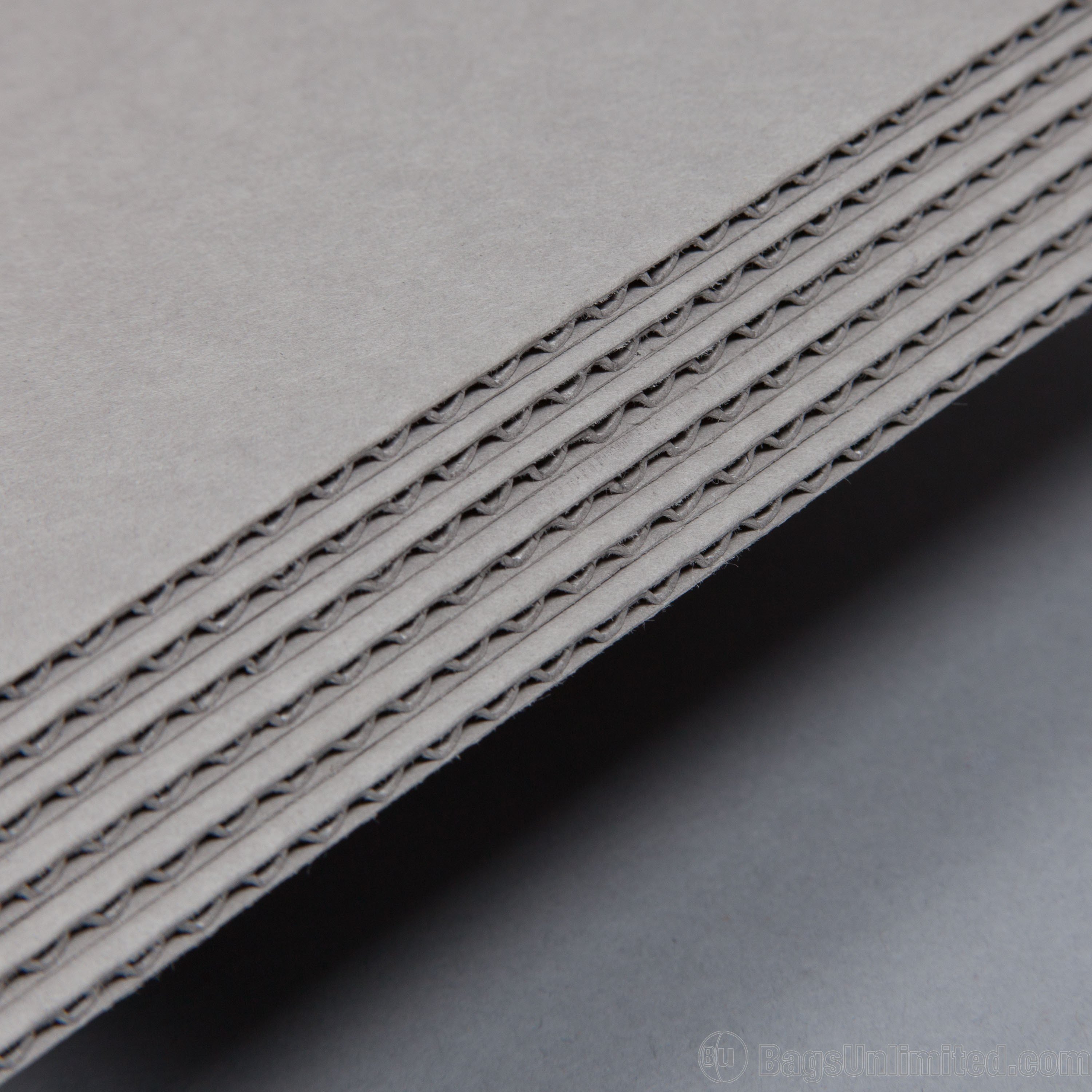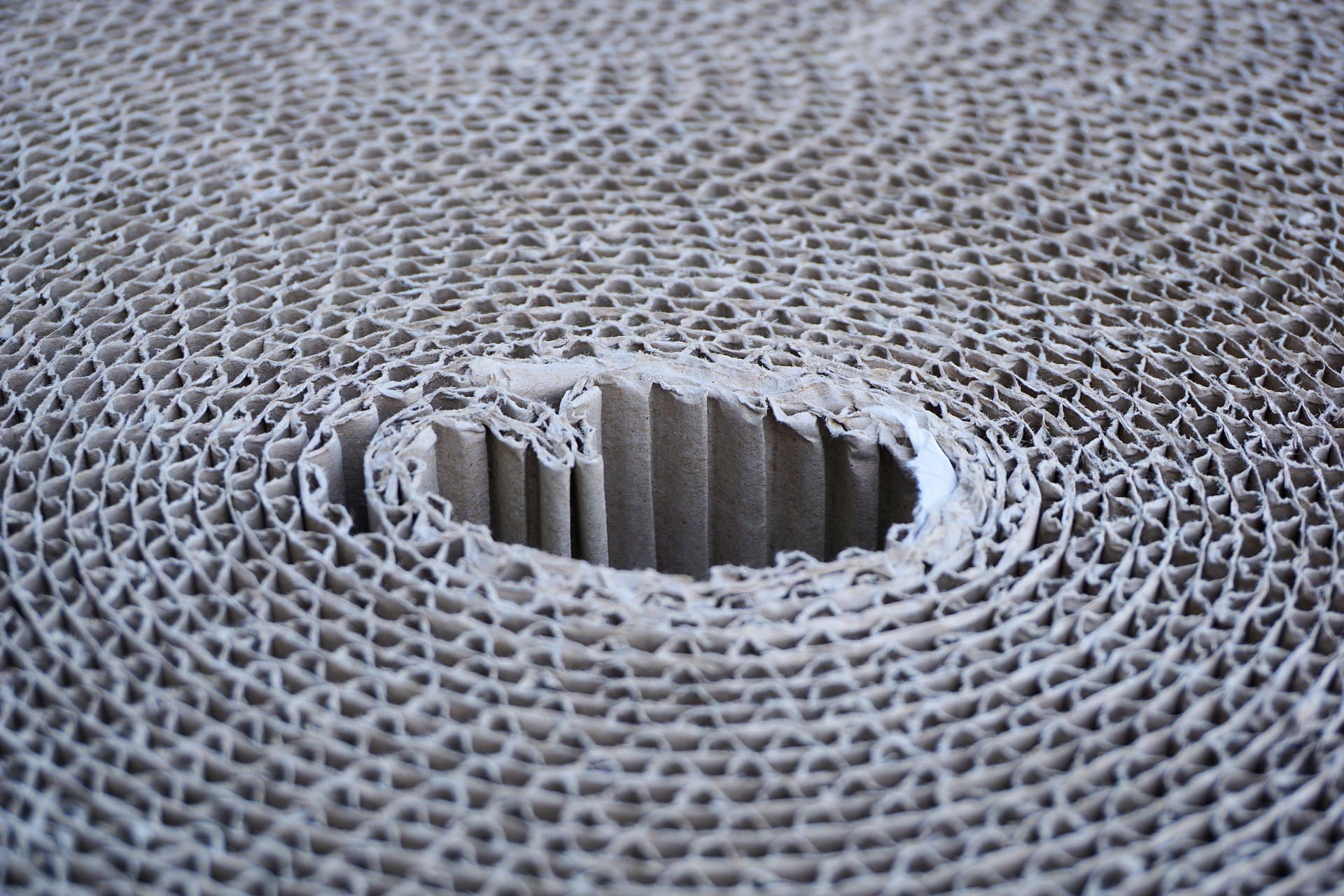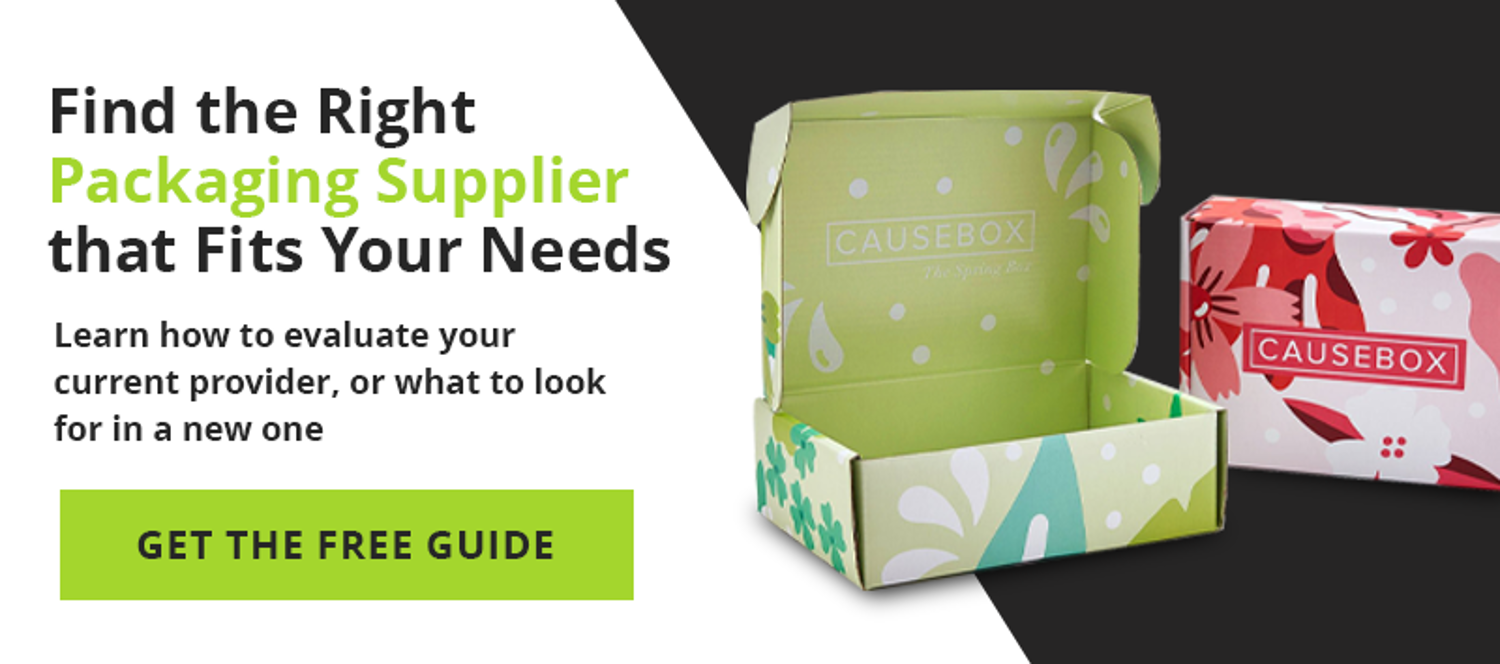What Manufacturers Need to Know About Corrugated Fluting
What Manufacturers Need to Know About Corrugated Fluting
Corrugated fluting is the brown, wavy ridges that get glued between pieces of cardboard to make it thicker.
A few decades ago, the need for corrugated fluting in packaging design was typically limited to larger companies because they were the ones doing the kind of shipping that needed more protection.
Things are different today.
As online shopping continues to grow, even small companies often need corrugated packaging to ship products to buyers.
Corrugated boxes get their strength from fluting. With litholam corrugate boxes, three main flutes are used to create that support: B fluting, E fluting, and micro fluting. We’ll explain their differences, what you can expect to get out of each one, and how to figure out which one you need for your packaging.

B and E Corrugated Fluting
B and E are different types of corrugate, determined by the size of the space between the fluting. B fluting has about one-eighth of an inch spacing and makes the corrugated box thicker, and E fluting has about one-sixteenth of an inch and makes the corrugated box thinner. That’s the technical difference.
The practical difference has to do with the amount of support it gives. The general rule is the greater the spacing between fluting, the more support it provides.
Determining whether you need B or E fluting depends on a number of factors. Your packaging engineer will help you find the best option after considering:
- The item’s size
- Weight
- Fragility
- Your distribution logistics
- Shipping needs
- Shipping and drop testing results
Typically, bigger and heavier products need a B flute box, while smaller and lighter items need E. But this is not a hard and fast rule—not by a long shot.
E fluting is usually a little less expensive than B and usually a little smaller in size. In most cases, you’ll want to select packaging that’s as minimal as possible in terms of cost, environmental footprint, and design. The question is, what’s the threshold for protecting the item inside? In other words, at what point should you go from E to B fluting?
This is where the other factors come into play.
A fragile item you are shipping in cartons across the country may need a B flute box, even if it is small and light. If that item doesn’t test well when drop tested in an E flute box it may require a B. Depending on your distribution channels, you may end up with two different sets of boxes—one for each route. Or, you can opt to design all the boxes based on the most sensitive route’s needs.

Micro Fluting on Litholam Corrugated Boxes
Micro flute corrugated boxes are designed with the fluting even closer together than B and E, and may range from about 1.6 millimeters between flutes to just .5 millimeters. This kind of box is commonly used for pharmaceuticals, cosmetic packaging, foods, beverages, and luxury packaging.
Drop and Ship Testing
A number of tests can be done to determine how your item will fare in packaging once its shipped. A shipping test might be all you need if the goods you’re shipping are soft and hard to break, like plush toys or sleeping bags. But a canister, or something fragile like a lava lamp, will need drop testing as well.
If your product doesn’t get shipped individually, but is cartoned instead and sent to a retailer who unpacks the boxes onto shelves, your drop and ship testing should be done on a larger scale. You may have a dozen items packaged and tested together in the larger shipping box, rather than (or in addition to) individual packaging.
The International Safe Transit Association (ISTA) 1A test is the most common drop test for packaged goods. This involves testing packaged items in a master carton on ten different drops: six faces of the box, three edges, and one corner. When breakage occurs on any one of the drop tests, your structural engineer will know the packaging has to be redesigned.
With all product packaging, a number of factors will play into the final design. It’s important to be aware of the options with corrugated cardboard types. Packaging for items that are box-shaped are fairly straightforward and will easily fall into a B or E fluted box, but they still need to be tested. The more fragile the item, the more you’ll benefit from the guidance of a professional structural engineer who can adjust fluted inserts that help brace the item inside the corrugated box, and walk you through the shipping and drop testing.
